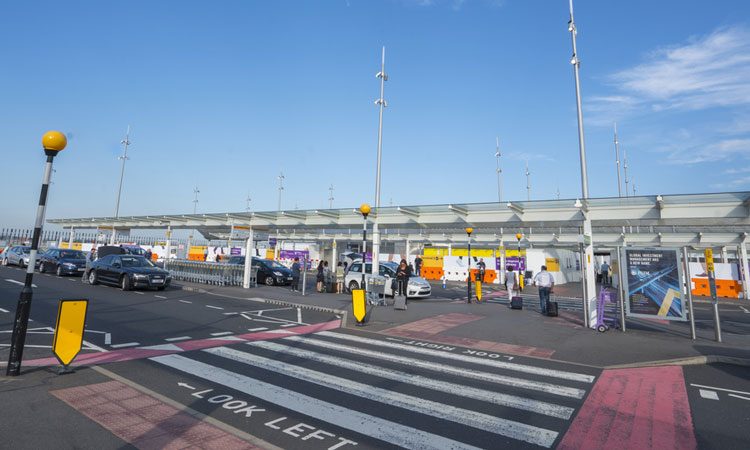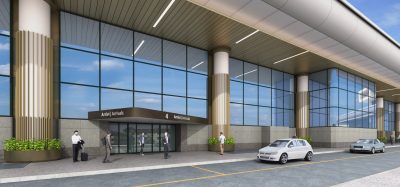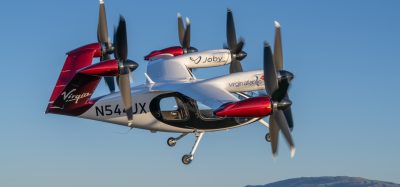Heathrow to launch first airport Ultra Low Emission Zone
- Like
- Digg
- Del
- Tumblr
- VKontakte
- Buffer
- Love This
- Odnoklassniki
- Meneame
- Blogger
- Amazon
- Yahoo Mail
- Gmail
- AOL
- Newsvine
- HackerNews
- Evernote
- MySpace
- Mail.ru
- Viadeo
- Line
- Comments
- Yummly
- SMS
- Viber
- Telegram
- Subscribe
- Skype
- Facebook Messenger
- Kakao
- LiveJournal
- Yammer
- Edgar
- Fintel
- Mix
- Instapaper
- Copy Link
Posted: 24 May 2019 | International Airport Review | 4 comments
Heathrow proposes to launch an Ultra Low Emission Zone which would target older, more polluting cars and private hire vehicles in a bid to protect local air quality.


Heathrow has announced its plan to introduce a set of tough new measures to protect local air quality, reduce congestion and tackle emissions.
The UK’s only hub airport is putting plans in motion to introduce charges for passenger cars and all private hire vehicles. This includes the world’s first airport Ultra Low Emission Zone (the Heathrow ULEZ), set to be introduced in 2022.
The Heathrow ULEZ will introduce minimum vehicle emissions standards identical to the London Mayor’s ULEZ for passenger cars and private hire vehicles entering car parks or drop-off areas at any of Heathrow’s terminals, 24 hours a day, seven days a week. Over time with the opening of the new runway from 2026 and improvements to public transport access to the airport, the Heathrow ULEZ will transition into a vehicle access charge (VAC). The goal is to tackle the main source of local air pollution and reduce congestion by encouraging more people to use sustainable ways of getting to and from the airport.
Initial proposals for the Heathrow ULEZ could set the charge figure between £10-15, in line with charges set by the Mayor in central London. Exact details for the Heathrow ULEZ will be confirmed when Heathrow submits its final DCO application for expansion after public consultation. Revenue generated from both schemes will help fund initiatives to improve sustainable transport, contribute to community compensation and help keep airport charges affordable as the airport expands.
Today’s announcement comes at a time when action is needed to protect local air quality by changing industry and public behaviour. Heathrow will now join London and Birmingham as the third UK zone to impose charges on the most polluting cars.
Furthermore, Heathrow is doing its bit to reduce vehicle use by leading industry change through a targeted Colleague Strategy which will be launched next week and will focus on significantly reducing the number of colleague car trips through a mixture of incentives, restraints on parking and investment in new public transport links. The airport has invested over £1 billion in rail infrastructure and provides over £2.5 million annually to encourage public transport use via the airport free travel zone, support for bus services and contributions to local sustainable transport schemes.
Currently the best-connected airport in the UK, Heathrow is fully backing plans to treble rail capacity by 2040 through improved transport links which take into account the introduction of the Elizabeth Line, an upgraded Piccadilly Line, and proposed rail links from the West and South.
Earlier this month Heathrow also published its annual sustainability strategy report – Heathrow 2.0 – which sets out how the airport is addressing the impact of aircraft and other operations. Highlighted in the report are significant investments made to offset emissions and speed up electric flight, supporting the airport’s goal to become carbon neutral by 2020 and to operate zero carbon airport infrastructure by 2050. Initiatives include a project to restore UK peatlands to offset carbon emissions, more electric vehicles and charging points, investment in the development of sustainable fuels, a pledge to waive a year’s landing charges for the first electric or hybrid aircraft put into regular service at Heathrow, along with research into future infrastructure to support electric aircraft and technologies.
Heathrow Chief Executive, John Holland-Kaye, said: “Heathrow Expansion is not a choice between the economy and the environment – we must deliver for both. This announcement shows that we will take the tough decisions to ensure that the airport grows responsibly.”
Former London Deputy Mayor for Transport and newly appointed Chair of independent Heathrow Transport Area Forum, Val Shawcross, said: “This is a significant step change in Heathrow’s effort to clean up local ground level air pollution by shifting people into the cleanest modes of transport. I have never pulled my punches talking to the airport about local air quality and I look forward to continuing to hold Heathrow to account in my new independent role as Chair of the Heathrow Area Transport Forum.”
Heathrow will be consulting on proposals for its surface access strategy, including Heathrow ULEZ and Heathrow VAC, in a statutory consultation on the preferred masterplan for expansion which will be launched on 18 June. The public will have the opportunity to provide feedback on the proposals as part of this consultation.
While international aviation demand is projected to increase in coming decades, Heathrow will use its leadership position to ensure growth is met in a responsible and sustainable way. Plans to expand Heathrow include a commitment not to release any additional capacity at the airport if that would directly result in a breach of the UK’s legal air quality obligations. Heathrow has committed to ensuring expansion does not impact on the ability of the UK to meets its carbon reduction targets.
Related topics
Emissions, Regulation and Legislation, Sustainability, Sustainable development



















This would make sense if they charged the pilots for the emissions for flying in and out of the airport, a vastly huge amount compared to the miniscule amount from all the motor vehicles entering and leaving the site. ULEZ is a rip-off.
This is yet another way of extracting money from the motorist. Heathrow’s terrible transport links won’t be improved by this. Can you catch a train from Heathrow to Birmingham or Manchester ? The answer is no and this won’t be improved by renovating transport links to the West and South as they claim. I rest my case….
The charges apply to vehicles entering the car parks or drop-off areas at any of Heathrow’s terminals 24 hours a day, 7 days a week. Heathrow will use Automatic Number-Plate Recognition technology (ANPR) to track non-compliant vehicles, similar to the Congestion Charge or Dart Charge.
All these charges to the motorists on low emissions is ridiculous. Where does the money go? The damage is already done. I would’ve thought the planes make more pollution than a car, it’s going to put me out of my business as I cannot afford £30,000+ for a new taxi as I drive to Heathrow every week dropping off my customers, so it will put me out of business. Thanks to the government I’m going to be signing on and losing my car.